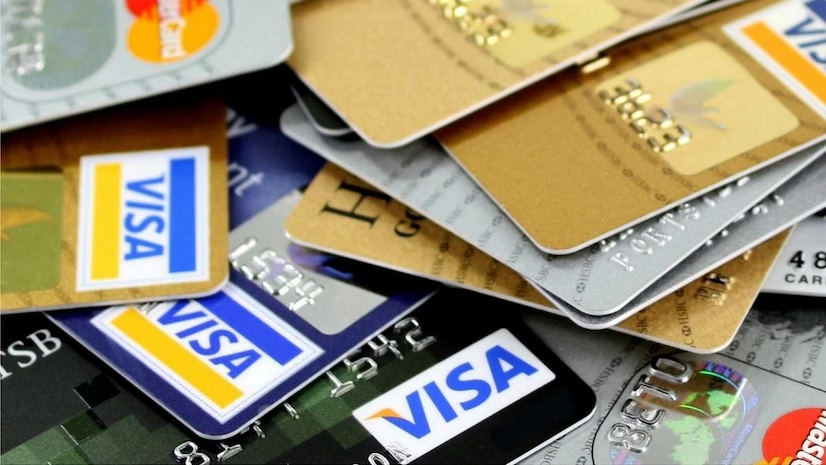Forex cards have become a popular choice among Indian travelers for managing foreign currency transactions. They offer a convenient and secure way to carry money overseas, with fixed exchange rates and the ability to hold multiple currencies. However, beyond the apparent benefits, several hidden charges and taxes can impact the overall cost of using a forex card.
Hidden Charges Associated with Forex Cards
- Cross-Currency Conversion Charges: When a forex card is used for transactions in a currency different from the one loaded on the card, cross-currency conversion charges apply. These charges can vary depending on the card issuer but typically range between 2-3% of the transaction amount.
- ATM Withdrawal Fees: Withdrawing cash from ATMs abroad using a forex card often incurs fees from both the card issuer and the ATM operator. These fees can range from $2 to $5 per transaction. While some providers may offer no-fee withdrawals at specific ATM networks, this is not always the case.
- Inactivity Fees: If a forex card remains unused for a certain period, issuers may charge inactivity fees. This fee helps cover the cost of maintaining the account and can vary widely, sometimes being a fixed annual charge or a monthly fee after a period of inactivity.Reload Fees: Reloading the card with additional currency might attract a fee. While some issuers like Thomas Cook offer zero reload fees, others might charge a nominal amount for each reload.
- Balance Inquiry Fees: Checking the card balance through ATMs or other means might incur charges. This fee is usually small but can add up with frequent inquiries.
- Dynamic Currency Conversion (DCC) Fees: Some merchants offer the option to pay in the cardholder’s home currency instead of the local currency, which can lead to higher exchange rates and additional fees. It’s advisable to always opt for the local currency to avoid these charges(.
Validity and Hassles in Getting a Forex Card
Forex cards typically come with a validity period of 3-5 years, after which they can be renewed or replaced. The application process involves standard Know Your Customer (KYC) checks, which might include submitting copies of passports, visa, airline tickets, and other identification documents. While obtaining a forex card is relatively straightforward, managing it involves understanding and navigating the various fees and conditions associated with its use.
Conclusion
While forex cards offer a convenient and secure way to manage money abroad, understanding the hidden charges and fees associated with them is crucial. Travelers should be aware of cross-currency conversion charges, ATM withdrawal fees, inactivity fees, and other potential costs to avoid surprises. By choosing providers that offer transparent fee structures and favorable terms, Indian travelers can make the most of their forex cards.





